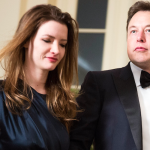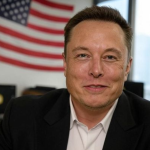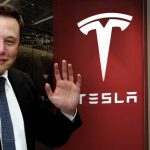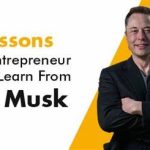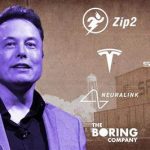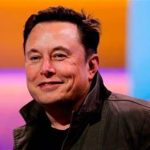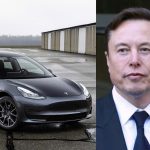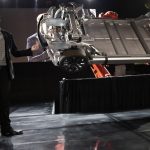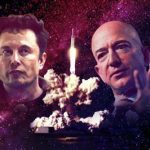Elon Musk: Balancing Technological Ambition with Environmental Responsibility
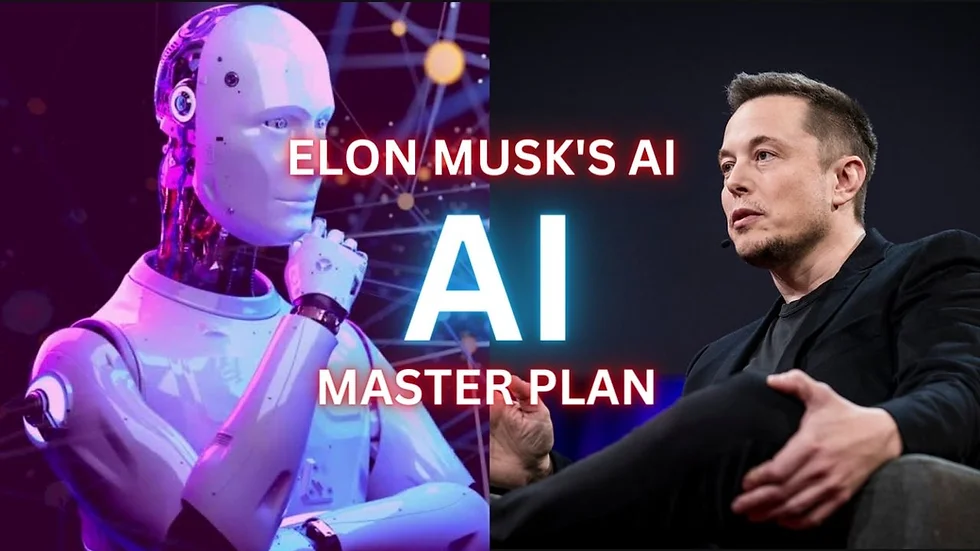
Elon Musk: Balancing Technological Ambition with Environmental Responsibility 🚀
Elon Musk’s name is a beacon of technological innovation and daring visions for humanity’s future. From revolutionizing transportation with Tesla’s electric vehicles to pushing the boundaries of space exploration with SpaceX, Musk has cemented his legacy as a trailblazer. Yet, alongside these towering successes, he confronts a complex web of challenges and questions about the environmental footprint of his ventures. As of March 31, 2025, Musk’s companies stand at the forefront of sustainable innovation, but their environmental impact remains a topic of intense scrutiny. This article explores how Musk and his flagship enterprises—namely Tesla and SpaceX—navigate the delicate balance between groundbreaking progress and environmental responsibility, addressing both their strides forward and the hurdles yet to be cleared.
Tesla: The Electric Dream and Its Environmental Riddle 🔋
Tesla has become an icon of the electric vehicle (EV) revolution, shattering the notion that eco-friendly cars must sacrifice power or style. Since Musk took the helm in 2004, Tesla has proven that EVs can outpace gas-guzzlers—think the Tesla Model S Plaid’s 0-60 mph in under two seconds—while slashing tailpipe emissions to zero. By 2025, Tesla’s annual production has soared to 1.8 million vehicles, driving a global shift toward electrification. The company’s success has spurred legacy automakers like Ford and Volkswagen to accelerate their own EV programs, amplifying the reduction of transportation-related carbon emissions, a sector responsible for nearly 30% of global greenhouse gases.
Yet, the green halo around Tesla dims when the lens shifts to its supply chain. The production of lithium-ion batteries, the heart of every Tesla, relies on mining raw materials like lithium, cobalt, and nickel. These processes exact a heavy toll: lithium extraction in South America’s arid regions guzzles water, threatening local ecosystems, while cobalt mining in the Democratic Republic of Congo often involves child labor and hazardous conditions. By 2025, reports estimate that manufacturing a single EV battery emits 5-15 tons of CO2—significant when scaled across millions of vehicles. Critics argue this upfront carbon debt undercuts the long-term benefits of EVs, especially if the electricity powering them comes from fossil fuels.
Musk hasn’t dodged these realities. He’s publicly acknowledged the environmental and ethical challenges, tweeting on X in early 2025, “We’re not perfect, but we’re pushing hard to fix what’s broken.” Tesla’s response is twofold: innovation and accountability. The company has ramped up investment in battery recycling, aiming to create a closed-loop system where old batteries are reborn as raw materials. At its Nevada Gigafactory, Tesla unveiled a pilot recycling facility in 2024 capable of recovering 92% of lithium and cobalt from spent cells—a leap toward reducing mining dependency. By 2025, Musk claims this tech could cut Tesla’s raw material needs by 20% within five years, though skeptics on X note the process remains energy-intensive.
Simultaneously, Tesla is tackling the supply chain’s darker side. Musk has forged partnerships with “responsible” miners—companies audited for ethical practices—and invested in startups exploring greener extraction methods, like sodium-based batteries that sidestep cobalt entirely. While these efforts are nascent, they signal intent. Tesla’s 2025 sustainability report boasts a 15% reduction in battery-related emissions since 2020, driven by cleaner energy at its gigafactories. Still, the question lingers: is it enough to make EVs truly sustainable, or is Musk merely polishing a flawed gem?

SpaceX: Reaching for the Stars, Grounded by Earthly Costs 🌌
SpaceX, Musk’s cosmic brainchild, embodies his grandest ambition: to make humanity a multi-planetary species. By 2025, the company’s Starship has achieved orbital flight, inching closer to Musk’s dream of colonizing Mars, while its Falcon 9 fleet has launched over 6,000 Starlink satellites, connecting Earth’s remotest corners. These feats showcase technological prowess—reusable rockets have slashed launch costs from $1,000 per pound to $200—but they also raise environmental red flags. Rocket launches release pollutants like black carbon and nitrogen oxides into the upper atmosphere, where they linger, potentially exacerbating climate change. A single Starship launch, with its methane-fueled Raptor engines, emits roughly 1,200 tons of CO2 equivalent—modest compared to aviation, but cumulative as SpaceX’s cadence rises.
Musk isn’t blind to this. SpaceX has prioritized sustainability in its own way, focusing on efficiency and innovation. The reusable Falcon 9, landing gracefully on drone ships by 2025, cuts waste by reusing hardware that once littered ocean floors as discarded boosters. Starship’s methane fuel, while still carbon-emitting, can be synthesized from atmospheric CO2 using renewable energy—a process SpaceX is piloting at its Texas facility as of this year. Musk envisions a future where launches are carbon-neutral, tweeting in March 2025, “Mars won’t wait, but we’ll get there cleaner.” Critics, however, point out that methane leaks during production could offset gains, and the sheer frequency of launches—over 100 annually by 2025—amplifies the atmospheric burden.
SpaceX is also exploring alternative propellants, like hydrogen, though technical hurdles remain. Meanwhile, the company optimizes flight paths and payloads to minimize emissions per mission. These steps reflect Musk’s awareness, but the scale of his Martian vision—potentially hundreds of launches for a colony—casts a long shadow. On X, environmentalists question whether space exploration justifies Earth’s sacrifice, while Musk counters that a multi-planetary future is humanity’s ultimate environmental insurance. The debate rages, unresolved.
SolarCity and Beyond: A Renewable Energy Evangelist ☀️
Beyond EVs and rockets, Musk’s environmental ethos shines brightest in his advocacy for renewable energy. Through SolarCity, acquired by Tesla in 2016, he’s championed solar power as a cornerstone of a sustainable future. By 2025, Tesla Energy’s solar panels and Powerwall batteries power millions of homes, cutting reliance on fossil fuels. The Gigafactory in Shanghai, topped with solar arrays, generates 50% of its energy onsite—a model Musk wants to replicate globally. He’s vocal about solar’s potential, declaring on X this year, “The sun’s free energy is our ticket off the carbon train.”
This isn’t just business—it’s a mission. Musk sees solar as the antidote to climate change, a way to decarbonize grids and fuel his EVs and rockets sustainably. Tesla’s 2025 rollout of a “Solar Roof 2.0”—sleek tiles doubling as panels—has slashed installation costs, boosting adoption. Yet, challenges persist: manufacturing solar cells still leans on energy-heavy processes, and Powerwall production strains lithium supplies. Musk’s response is consistent—invest in efficiency and scale. Tesla Energy’s output has tripled since 2020, but critics argue it’s a drop in the bucket against global energy demands.
The Critics’ Chorus: Not Enough, Too Late? 🤔
Musk’s environmental efforts don’t escape scrutiny. Detractors argue he’s a green evangelist in word more than deed. Tesla’s gigafactories, while solar-powered in part, still draw from grids heavy on coal and gas in places like China. Rocket launches, however optimized, add to a carbon tally that offsets EV gains. Battery recycling, though promising, isn’t yet widespread—most spent cells pile up in landfills by 2025. On X, skeptics post, “Musk talks sustainability, but his footprint’s still a crater.”
Ethical concerns linger too. Cobalt mining reforms are slow, and SpaceX’s Starlink satellites clutter orbits, risking collisions that could pollute space itself. Some environmentalists see Musk as a techno-optimist fixated on flashy fixes—EVs, solar, Mars—while ignoring simpler solutions like conservation or mass transit. His 100-hour workweeks and relentless pace, while inspiring, set a tone that prioritizes progress over planetary patience, they say.

A Catalyst for Change: Musk’s Undeniable Impact 🤝
Despite the critiques, Musk’s role in environmental awareness is profound. Tesla has mainstreamed EVs, forcing an industry shift—by 2025, global EV sales top 20 million annually, a trend Musk ignited. SpaceX’s reusable tech sets a precedent for sustainable spaceflight, even if imperfect. SolarCity’s legacy powers homes and imaginations alike. He’s shown that profit and planet aren’t mutually exclusive, blending capitalism with a green ethos that inspires startups and policymakers. His 2025 advisory stint with the Trump administration, rumored on X, hints at broader influence—perhaps nudging U.S. energy policy toward renewables.
Musk isn’t flawless, but he’s a catalyst. His transparency—admitting flaws, promising fixes—builds trust where others hide. On X, fans cheer, “He’s not perfect, but he’s trying harder than most.” Critics may disagree, but the ripple effects are real: greener tech, bolder goals, a world waking up to sustainability.
The Road Ahead: Promises vs. Reality 🌍
The future will judge whether Musk delivers on his environmental pledges. Tesla aims for 50% recycled battery content by 2030; SpaceX targets carbon-neutral launches by decade’s end. Solar energy could dominate Tesla’s portfolio if Musk’s vision holds. Yet, these are ambitions, not certainties—scale, technology, and geopolitics will test them. By 2025, he’s already shifted paradigms, inspiring millions to act for a greener planet. The cosmos he chases with SpaceX mirrors the Earth he seeks to save with Tesla: vast, fragile, worth fighting for. One thing is clear: Musk’s journey—imperfect, ambitious, relentless—has lit a spark. Where it leads depends on him, and us all.

